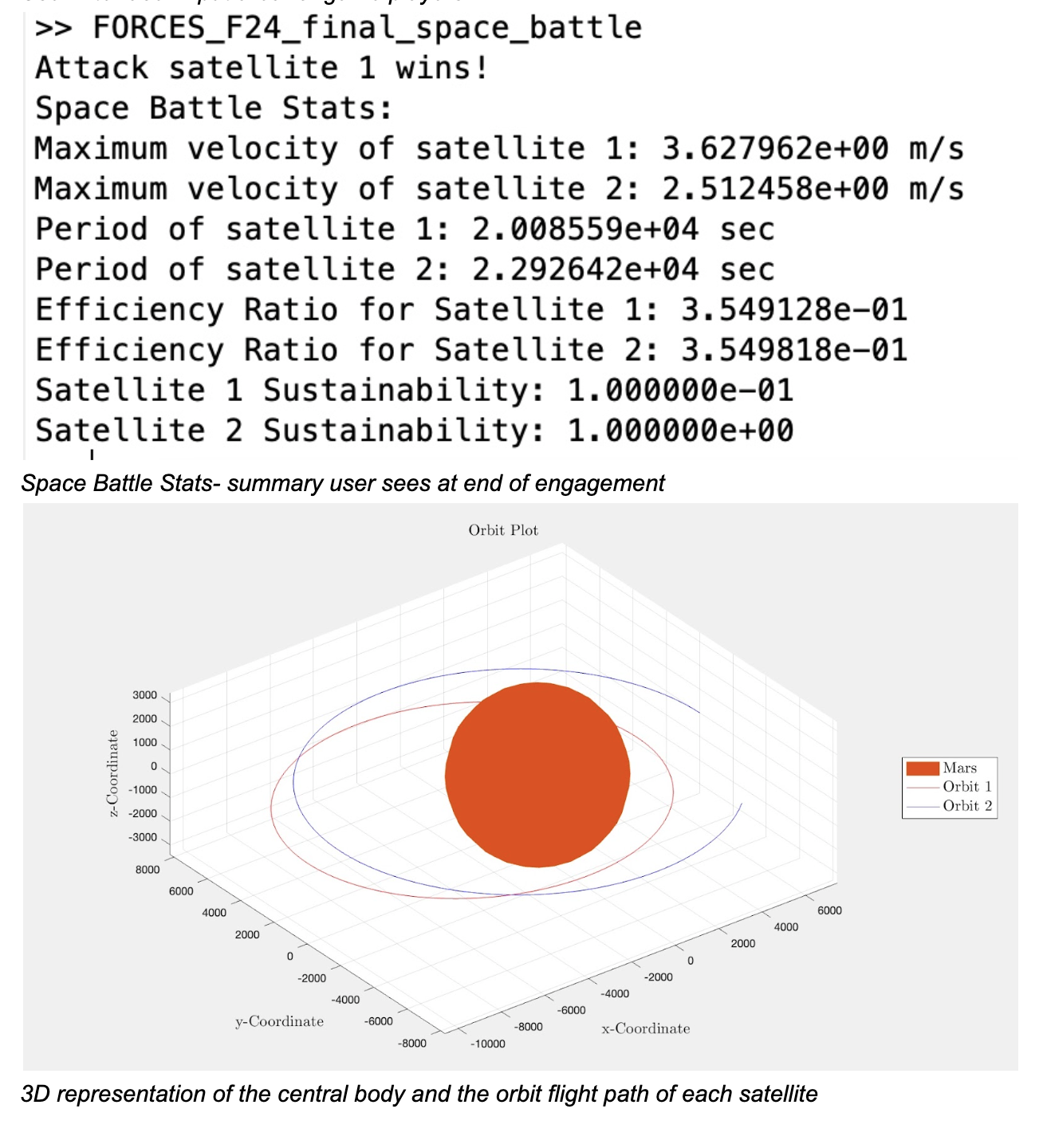
War in Space: Understanding the Basics of Orbital Operations and Exospheric Conflict
Security and defense professionals must grasp the fundamental rules that govern orbital operations and the dynamics of potential exospheric conflicts. The complexities of space, encompassing orbital mechanics, satellite sustainability, and astrodynamic constraints, necessitate a robust framework to make informed decisions. Training such professionals involves cultivating an appreciation of the decision-making process, understanding the array of strategic options available, and grasping the consequences of their choices. By employing experiential learning techniques such as simulations and gaming scenarios, these abstract and multifaceted ideas can become comprehensible and actionable.
Breaking Down the Complexity of Space
Outer space is vast, yet it is not an unbounded or flexible realm. It is governed by strict physical laws and logistical limitations that require careful planning and execution. Simplifying this immensity for learners begins with focusing on key variables that define satellite operations: orbital trajectories, the impact of space debris, satellite sustainability, and efficiency. Each of these factors interacts in nuanced ways, affecting outcomes significantly.
The game “Orbital Kinetic Warfare,” conceptualized and built by Anushka Sharma, a junior FORCES Initiative fellow, and advanced by Austin Aden under the mentorship of Dr. Sorin Adam Matei and Dr. Caroline Frueh, serves as an innovative educational tool. The game simulates conflicts between two satellites, governed by astrodynamic laws and mission-specific constraints. By navigating this simulation, learners can understand the trade-offs inherent in orbital operations and gain insights into engineering decisions that are pivotal in exospheric environments.
Key Concepts Explored Through Simulation
Orbital Trajectory Generation: Understanding orbital trajectories is fundamental, as satellites follow pre-programmed paths with limited capacity for manual intervention. Choosing an advantageous orbital path can ensure faster rotation around a celestial body, a key factor in gaining positional advantage during a conflict scenario.
Space Debris Impact: Space debris poses a significant threat to satellite efficiency and sustainability. Collisions with debris can render satellites inoperable, disrupting services like GPS and weather forecasting. The game emphasizes the importance of mitigating debris risks to maintain operational capabilities.
Sustainability and Efficiency: Satellite sustainability is influenced by trajectory and debris interaction. However, these factors must be balanced with astrodynamic limitations, which dictate feasible orbital paths. Efficiency, critical for real-time communication and data relay, must also be optimized within these constraints. The interplay between sustainability and efficiency demonstrates the importance of trade-offs in achieving mission success.
Celestial Body Specificity: The game incorporates the differing properties of celestial bodies such as Mars and the Moon, which affect orbital dynamics. Learners must adapt their strategies to account for these differences, fostering an understanding of how mission parameters vary depending on the target body.
The Learning Experience
Learners engage with “Orbital Kinetic Warfare” by inputting variables such as the celestial body to orbit, orbit eccentricity, and semi-major axis dimensions. The simulation calculates orbital parameters, including position, velocity, and acceleration, and visualizes the interaction between satellites. Positional and speed advantages translate into adjustments in sustainability and efficiency ratios, reflecting the dynamic nature of space operations.
By iterating through these scenarios, learners develop intuition about the cascading effects of their decisions. For instance, prioritizing speed may enhance positional advantage but could reduce sustainability. These exercises highlight the delicate balance required in exospheric missions, emphasizing precision, agility, and the ability to prioritize effectively under dynamic conditions.

Game Design and Educational Value
The game’s design, rooted in MATLAB functionalities, leverages scientific rigor to create an engaging and educational experience. Orbital parameters are calculated using Keplerian and Cartesian mechanics, simulating real-time positional dynamics. Sustainability and efficiency ratios are adjusted based on user decisions, allowing participants to see the tangible impact of their strategies. The system’s adaptability to different celestial environments ensures a comprehensive learning experience that encapsulates the complexity of space operations.
Anushka Sharma and Austin Aden’s collaborative effort demonstrates the synergy between gaming and simulation in educational contexts. Their work underscores the importance of translating abstract principles into tangible learning modules. The game fosters critical thinking and equips participants with skills to navigate high-stakes environments, echoing the challenges faced by space engineers and defense professionals.
Conclusion
“Orbital Kinetic Warfare” is more than a game; it is a platform for experiential learning that prepares security and defense professionals for the evolving challenges of exospheric conflict. By integrating scientific expertise with interactive mechanics, it transforms the immensity of space into a manageable and comprehensible framework. Through this innovative approach, learners are empowered to make informed, strategic decisions that reflect the complexities and stakes of real-world orbital operations.